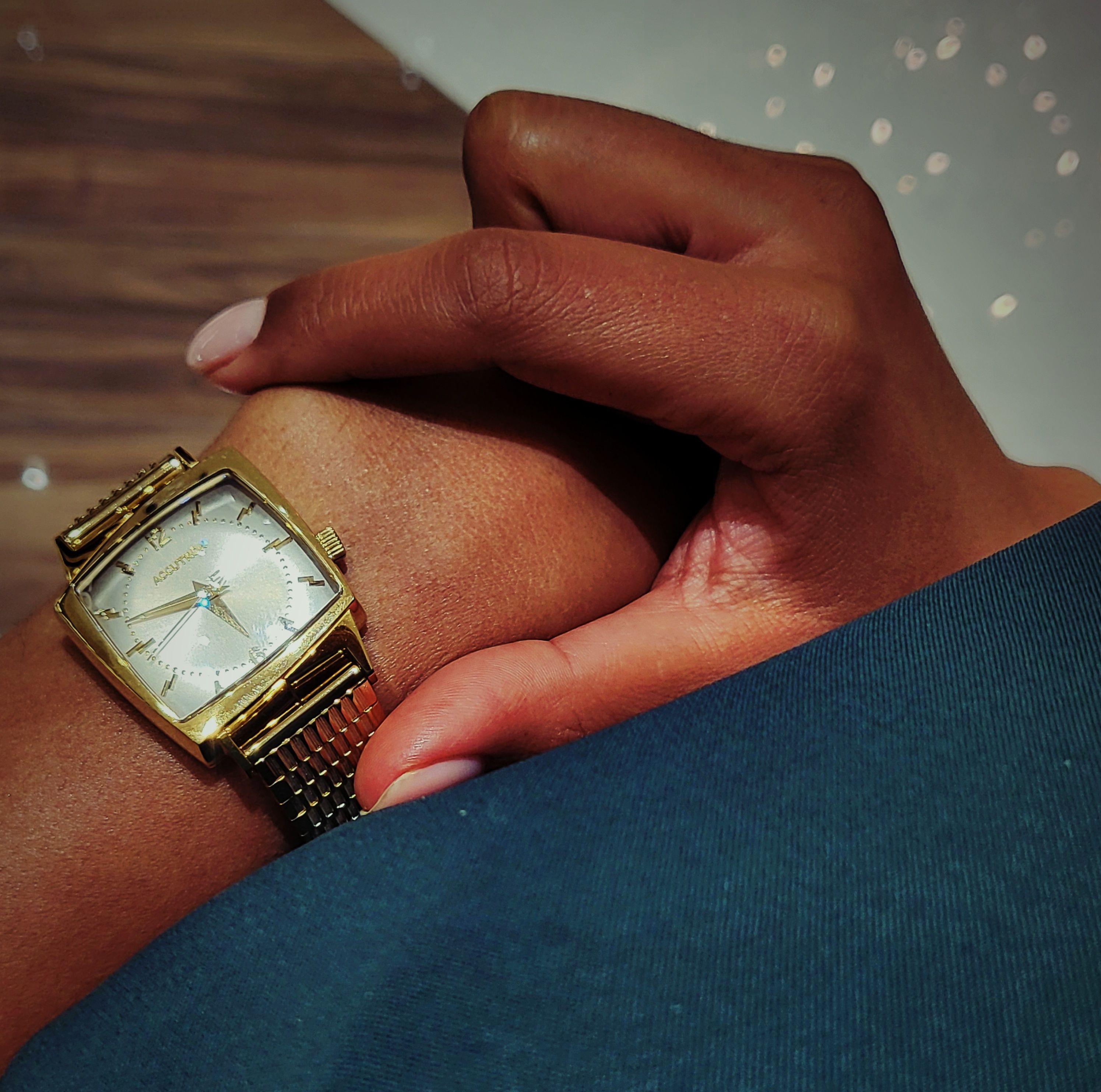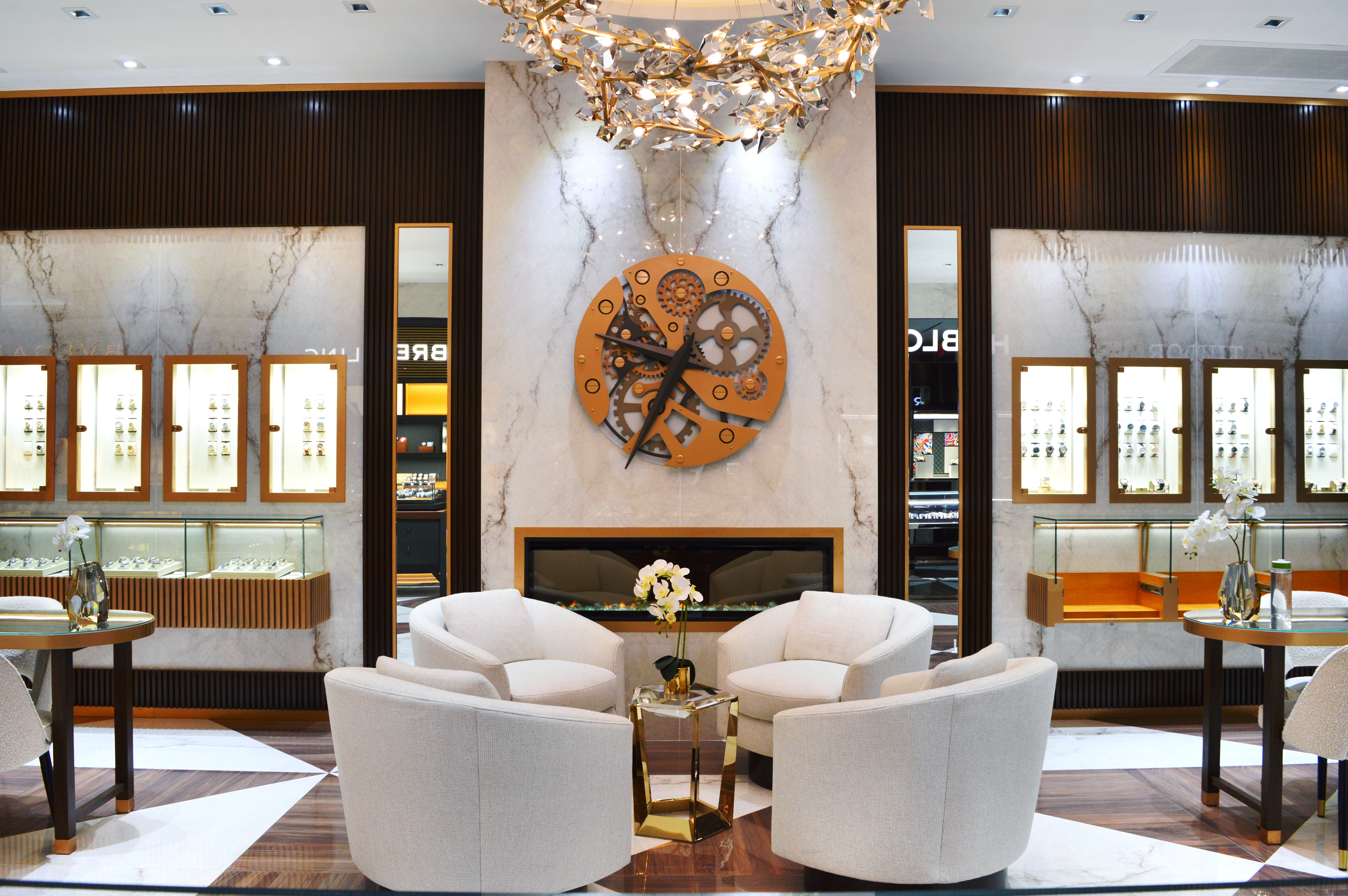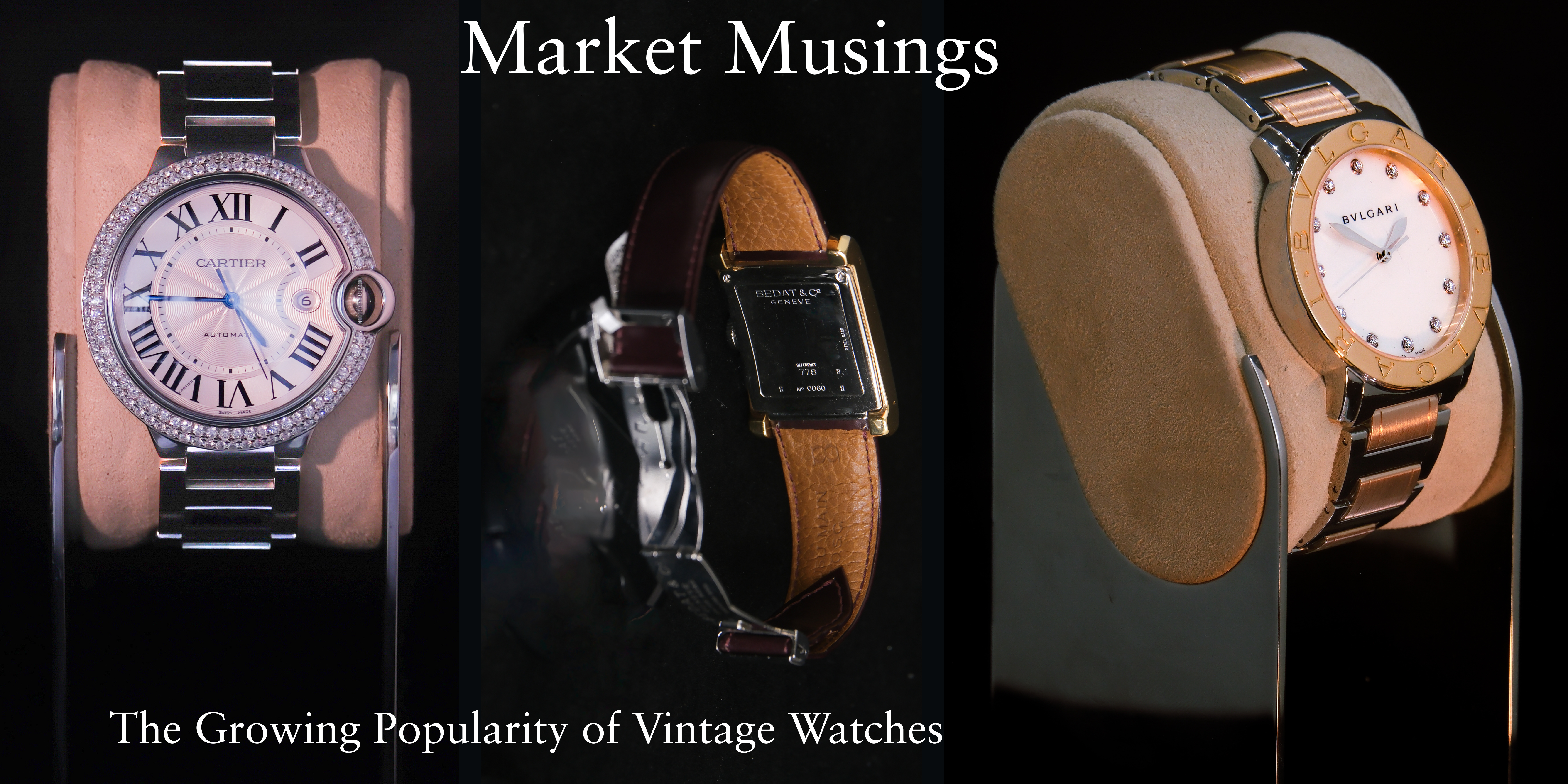
Picture yourself looking down at your watch—is it brand new, a blank canvas without a scratch in sight? Or does it have history, showing a unique patina that can only come from everyday living? Perhaps you patiently waited on a client list to receive your coveted watch, or maybe it was bequeathed to you by a beloved relative. No matter its origin, you are contributing to the life of your watch. Every time it touches your skin, or is exposed to factors like sun, sand, and water, the watch’s condition shifts, minimally or more.
This is one of many reasons why collectors are investing in pre-owned or vintage, watches. According to a 2024 study by Deloitte, the secondhand market is projected to become as robust as the primary watch market within the next 10 years. Individuals just starting their collections gravitate towards the pre-owned category since they are still able to buy high-quality timepieces, but at a more agreeable cost than new watches due to pre-existing depreciation.

In addition, pre-owned watches tend to be immediately available for purchase, making them ideal for gifting purposes (or for those of limited patience.) Some manufacturers have even created their own certified pre-owned programs to supplement high demand. We invite you to visit our Brooklyn location to explore our curated assortment, including pieces from current in-store brands, as well as others from the likes of Patek Philippe, Cartier, Dior, and more. Our sales professionals would be delighted to help you try on and choose the best models for your collection. Our watchmakers are also highly trained to provide service on a myriad of watch brands, so our doors are always open should your family heirlooms or latest pieces need mending.
For serious watch collectors, the vintage watch market is the perfect avenue to attain rare or retired models. History is of consequence to these buyers, and because they are well informed about various manufacturers, calibers, and other details of these pieces, they don’t mind an extended hunt for their “white stag” models. Some would even argue that things aren’t crafted at the quality they used to be, or styles have changed from one decade to another, so buying secondhand models can guarantee their standard. The market is split into three categories: vintage for watches older than 1990, neo-vintage for the period between 1990-2004, and modern watches dated 2005 and beyond.
In the pre-owned market, it is incredibly helpful to do your research to understand maintenance needs, as well as to avoid purchasing counterfeit timepieces, or those refitted with aftermarket parts. We recommend buying through a reputable retailer who can provide warranties, original boxes and papers, and/or other authentication items in the event that you seek to sell the watch again in the future. You may be surprised that vintage watches can actually retain or appreciate in value, depending on the brand and condition of the model.
Consider these scenarios when next you are considering purchasing a watch; regardless of what you choose, new or vintage, the watch should become as much a part of your story as you do for its. Make sure you weigh the pros and cons of both types, and if you are more flexible, go in and try on any unexpected gems. You’re bound to get a fresh perspective from talking to another person, especially a brand expert. And if you happen to want to part with a watch, bring it in to William Barthman to be examined for trade-in or store credit, and let its legacy continue with the next happy owner.
For online shoppers, see our current offerings here.

